

James Wong
2026 Audi SQ5 review: Quick drive
6 Days Ago

News Editor
GWM has been busily rolling out a wide range of hybrids, and now it has plug-in hybrids (PHEVs) in its sights.
It plans to expand its range of PHEVs from zero at present to four during 2025.
“The Cannon Alpha, that will be the earliest. We’re hopeful to gather that car in the end of Q1 next year,” GWM Australia and New Zealand managing director Charles Zhao told CarExpert.
“The Tank 500 might be a little bit later.
100s of new car deals are available through CarExpert right now. Get the experts on your side and score a great deal. Browse now.
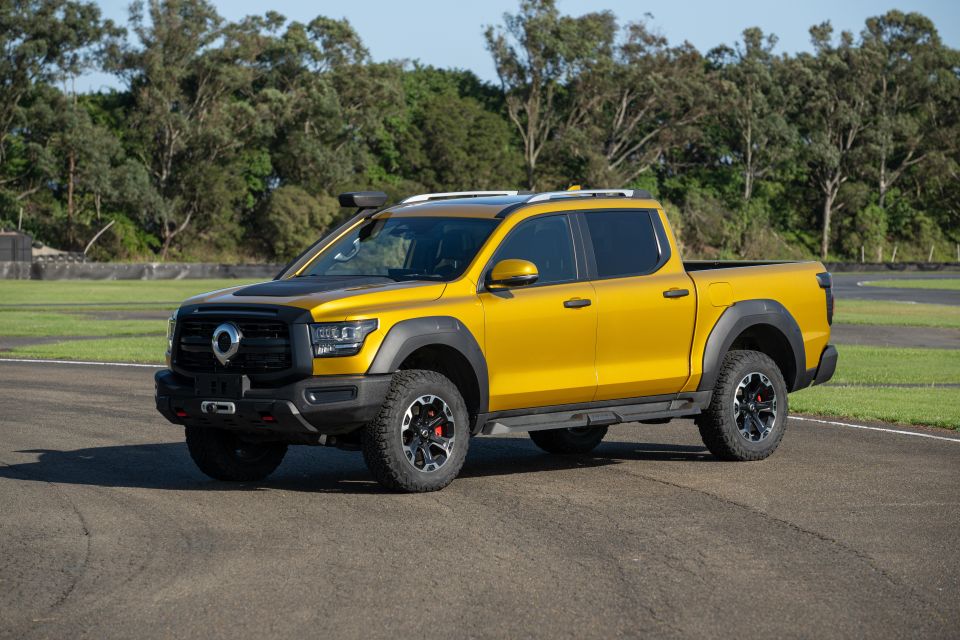
“Also we are considering a PHEV model for the current [Haval] H6. It will be a facelift, not based on the current H6, but it will be a facelift.”
“So the next, earliest PHEV is the Cannon Alpha, the other is the H6 GT PHEV. H6 GT will come a little bit later, but we’re trying to make sure they’ll all be available in the first half of next year.”
By the second half of 2025, then, GWM aims to have four PHEVs in its local lineup. It currently offers hybrid powertrains across five vehicles: the Haval Jolion, Haval H6, Tank 300, Tank 500, and Cannon Alpha.
A PHEV version of the Tank 300, which has yet to go on sale in China, appears to be off the table.
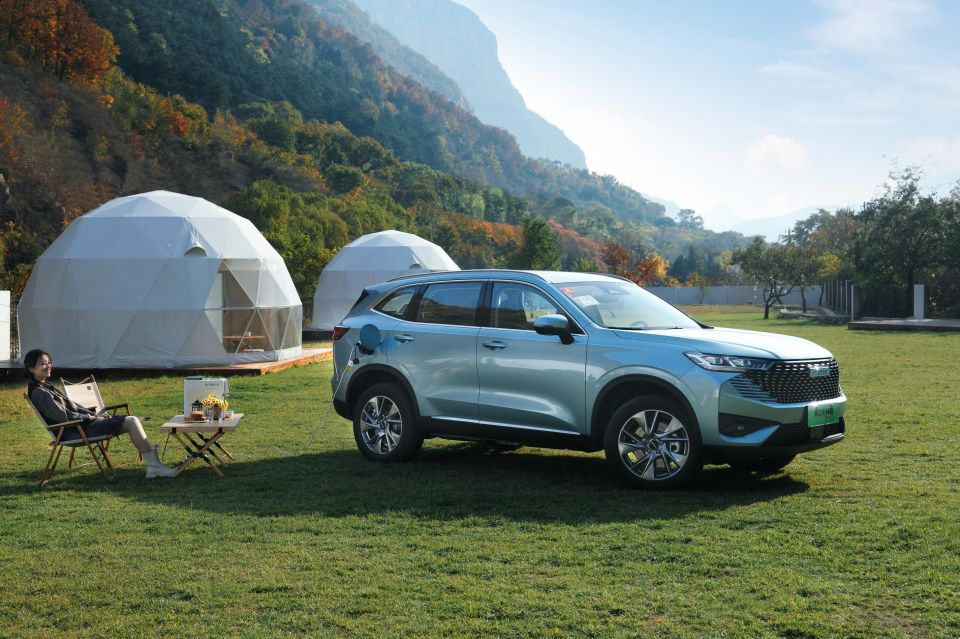
GWM has yet to reveal the PHEV version of the Haval H6 GT, even in China.
Its more conventionally styled Haval H6 counterpart has, however, already been on sale in overseas markets in PHEV guise, though a facelifted H6 PHEV has yet to be revealed and it’s unclear if it will feature any mechanical updates.
In contrast, the Hi4-T PHEV versions of the Tank 500 and Cannon Alpha have already been revealed in China, with the former already on sale.
These mate a turbocharged 2.0-litre four-cylinder petrol engine with a ternary lithium battery and an electric motor, for total system outputs of 300kW and 750Nm, and up to 110km of claimed WLTC range.
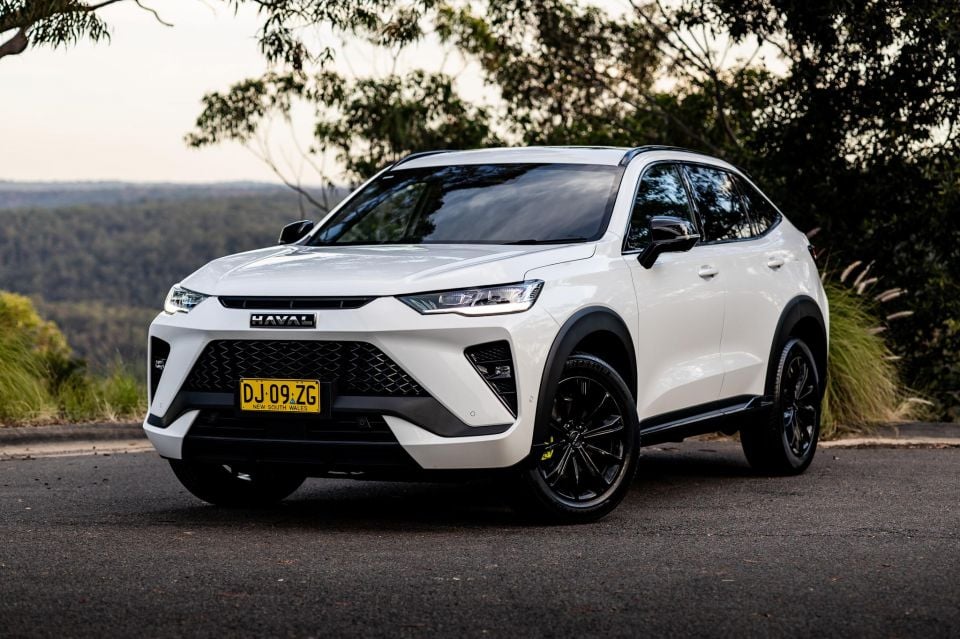
The big question mark hanging over GWM Australia’s first PHEVs is how much they’ll cost.
“I believe with the future [New Vehicle Efficiency Standard] regulations, maybe we’ll consider to use some of the scores that PHEVs can earn to compensate [for] the price increase of the PHEV to make the price of the PHEV more competitive,” said Mr Zhao.
“A premium on a plug-in hybrid can range anywhere from $6000 to $15,000. It’s going to depend on the size of the battery pack,” said GWM Australia and New Zealand’s marketing and communications boss, Steve Maciver.
“Range and battery size is what defines pricing, so we’ve got a number of options available to us.
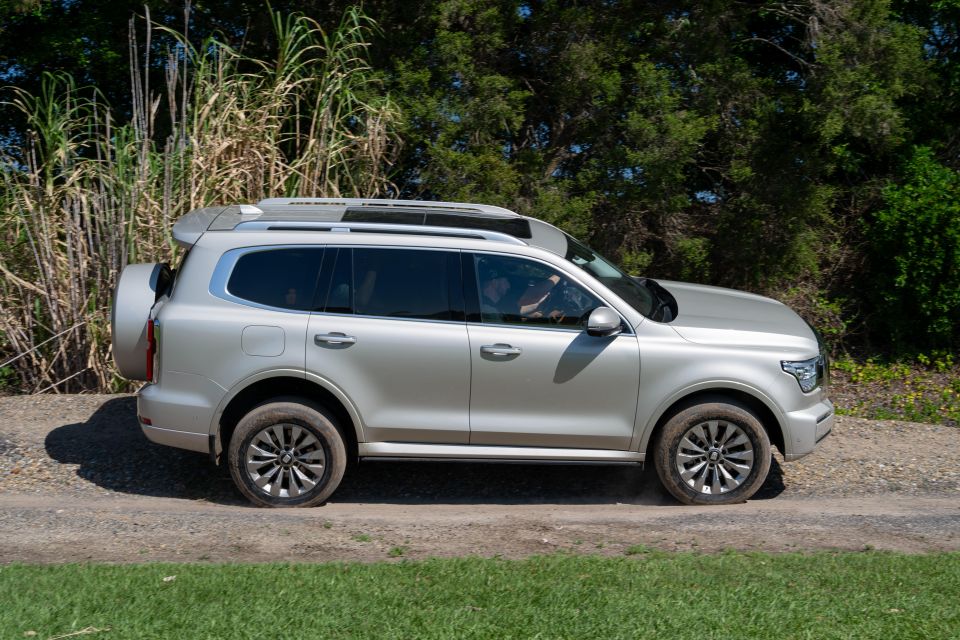
“There are plug-in battery pack options available to us that could give us up to 160, even 180 kilometres of pure EV range, but that comes with cost.
“We’ve got to get the calculations right as to where we think we can pitch these vehicles, and that’s something we’re still looking at.”
GWM also says it has work to do in educating customers on the advantages of PHEVs.
“Adoption of plug-in hybrids in this market probably hasn’t been as big as some other technologies and there’s a number of reasons behind that,” said Mr Maciver.
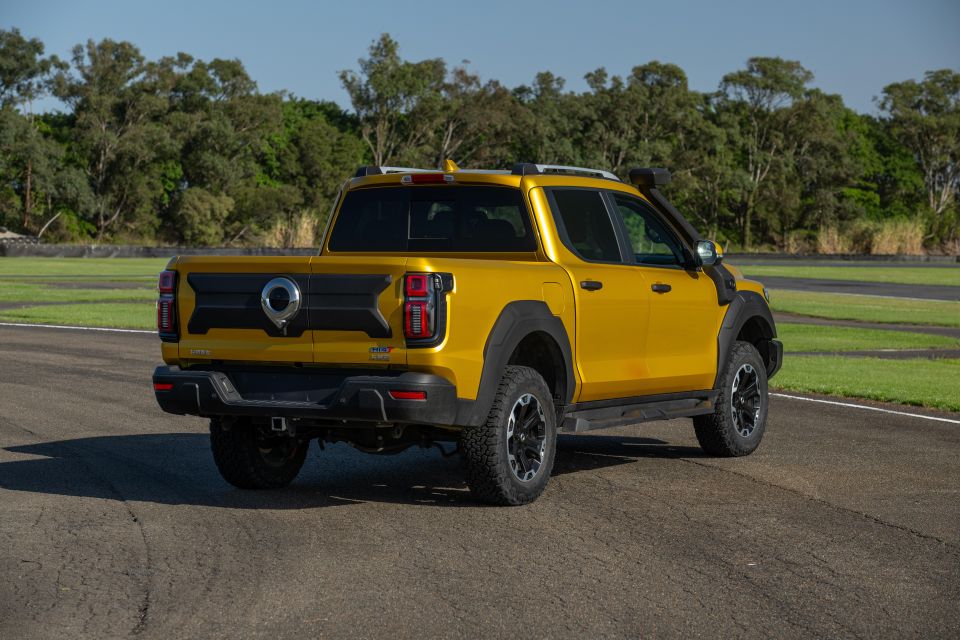
“This gives us some time to get our communications right to make sure our dealers understand, our potential customers understand, because there are clear benefits in the technology that we’re offering.”
PHEVs, along with electric vehicles (EVs), will prove crucial for carmakers in meeting the Australian Government’s NVES regulations that come into effect in 2025.
The NVES will give car companies a CO2 target and if they meet or beat it, they’ll receive credits. If they miss it, they can either trade credits with a different supplier, make it up over a set period, or pay a penalty.

The scheme will go into effect on January 1, 2025, with penalties to come into effect on July 1, 2025.
GWM offers just one EV in Australia with the Ora hatchback, though it has brought the larger Ora Sport sedan here for evaluation purposes.
Both are products from the standalone Ora brand, which is the only one in parent company Great Wall Motor’s menagerie – which also includes Haval, Tank and Wey – to offer any EVs.
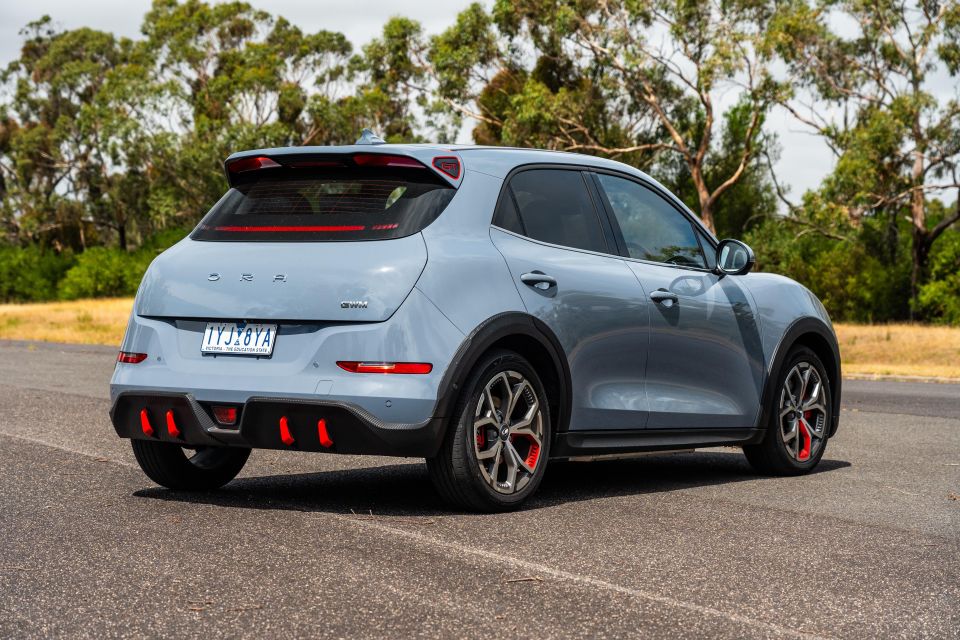
Notably, Ora doesn’t offer any electric SUVs, in stark contrast with rival Chinese brands like MG.
“We see ourselves as being in a relatively strong position right now regardless with the range that we’ve got right now, [but] we cannot afford to rest on our laurels,” said Mr Maciver of GWM meeting NVES regulations.
“When the NVES comes in, there is a stage in terms of all the requirements for that where plug-in hybrid will take in more importance not within year one, but potentially within year two, year three, year four.”
MORE: Everything GWM
Where expert car reviews meet expert car buying – CarExpert gives you trusted advice, personalised service and real savings on your next new car.
William Stopford is an automotive journalist based in Brisbane, Australia. William is a Business/Journalism graduate from the Queensland University of Technology who loves to travel, briefly lived in the US, and has a particular interest in the American car industry.


James Wong
6 Days Ago


Max Davies
5 Days Ago


Josh Nevett
3 Days Ago


Max Davies
3 Days Ago


Max Davies
2 Days Ago


Derek Fung
2 Days Ago